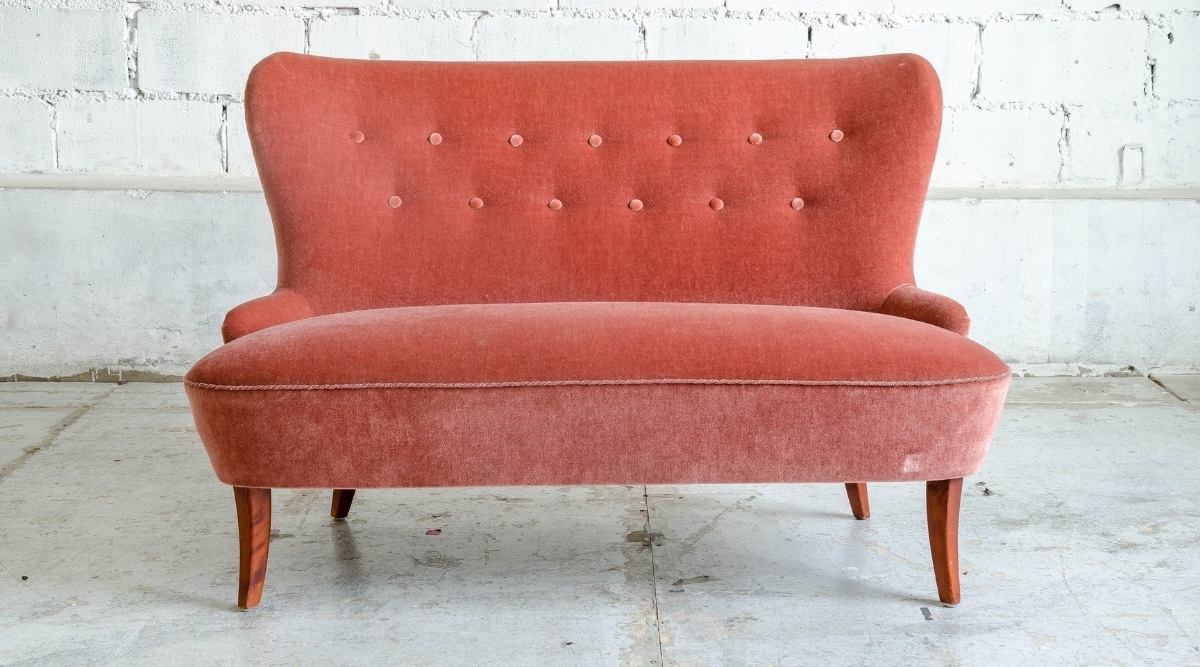How Fleas Spread: Three Major Factors That Help This Pest Move Around
Fleas can spread, and they can spread very quickly. There are three main factors that you need to prepare for when getting rid of fleas. Let's look at what you can do to stop them in their tracks.

You just had a flea treatment last week. And now, they’re are back again! Where did you go wrong? Well, to understand how infestations take place, we should know how fleas spread.
There are the 3 ways that fleas use to spread from one house to another. Knowing this will give you a bigger chance of stopping future infestations. Fleas can live quite a while without a host, so you’ll want to make sure you take steps to prevent them, saving you time and money from expensive treatments.
Fleas can use a lot of ways to travel from one place to another, and can even live in your shoes or on your clothes.
Through Humans

There’s a small percentage of fleas that can hitchhike their way into your house. They cling to your clothes or your shoes. This is the reason why fleas seem to just spring out of nowhere. They use us as live transportation vehicles.
We can’t always obsessively check the littlest things that hide in our clothes and think about the places we go to, so the best way to get rid of hitchhiking fleas is to take repellents. Use natural repellents that you can make from herbs and other organic products. Introduce them into your diet or your daily bathroom regiment to make your skin less appetizing for these insects.
Examples of these natural repellents are brewer’s yeast, coconut oil and apple cider vinegar.
Through Animals

Most of the time, fleas spread because of animals. It’s not that adult fleas jump from one animal to another. It’s just that flea eggs originally attached to feathers and fur accidentally fall into yards and other places in the house, spreading fleas. They can also fall onto your hardwood floors, or other surfaces, waiting for a host to attach to.
In fact, a study on adult cat fleas concluded that only 5% of fleas transfer between hosts in different living spaces, and only 7.5% of them jump off when two hosts live together. So flea eggs do most of the spreading. When infested wild animals and other pets wander around your yard, they drop flea eggs in their tracks. And the eggs that do land on moist and cool micro environments hatch and eventually turn into adult fleas capable of multiplying into thousands within a month.
Through Furniture

Fleas can also hide in subtle places in the house. And like bed bugs, they can hide and get transferred through moving furniture.
When you move a couch or other furniture from one house to another or just from one room to the next, you carry the fleas that hide in them. Most likely, you won’t be carrying adult fleas. But you will be “shipping” the pupas, larvae and eggs, members of the insect’s developing population which makes up more than 50% of their entire population.
So when you’ve spotted fleas in a room, don’t move the furniture unless everything has been treated. You can sprinkle diatomaceous earth or even borax all over an infested furniture to kill the fleas living in there, or you can steam treat it with heat. You shouldn’t go off and buy secondhand or vintage furniture from shady dealers and yard sales either.
These pesky insects spread fast mostly because of their eggs. But learning about how fleas spread can stop your home from becoming a completely infested mess. You can also keep your family protected from bites, diseases and other worrying health issues like allergies.
Share this post
Save time and money on pest control
Subscribe to expert DIY pest control tips, pest control product reviews and information.




